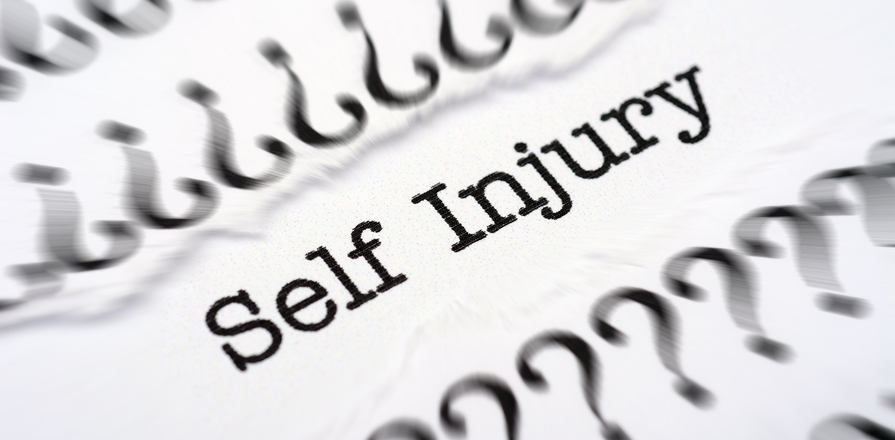Self-injurious Behaviour
Self-injurious behaviour occurs in Lowe syndrome
The term self-injurious behaviour refers to any non-accidental behaviour (i.e. accidentally bumping your head on the wall would not be classed as self-injury, whereas intentionally hitting your head on the wall would) that has the potential to cause some kind of damage, such as reddening, bruising, bleeding, hair loss, etc.
A study report by the Lowe Syndrome Association (LSA) found that 6 out of 10 individuals with Lowe syndrome demonstrated self-injurious or self-abusive behaviour. Of these, 9 out of 10 hit, scratched or bit themselves and 6 out of 10 would strike their bodies against hard surfaces.
Another study found that individuals with Lowe syndrome were significantly more likely to engage in self-injurious behaviours than people with intellectual disability without Lowe syndrome, and were significantly more likely to engage in behaviour that involved inserting fingers or objects into the body, such as eye poking (however, it was concluded that this may be due to visual impairments; for more information on this see the sensory causes of challenging behaviour page).
Research with a wide range of neurodevelopmental disorders has found that individuals that displayed self-injury scored higher on measures of autistic-like repetitive behaviours, overactivity and impulsivity. However, there are a variety of potential causes for self-injurious behaviour- visit our causes of challenging behaviour page for more information on this.




